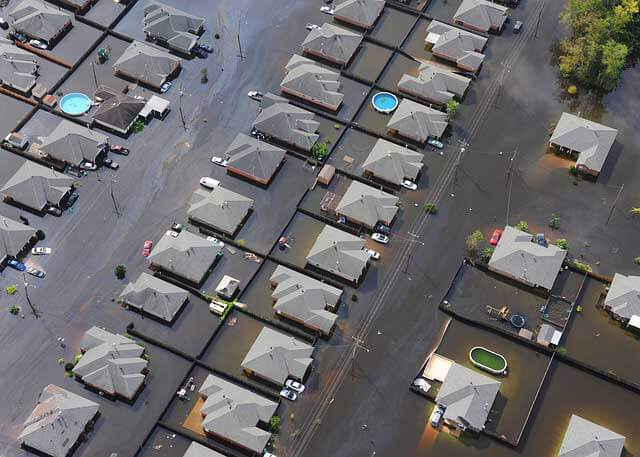More water you don’t want, less water that’s desperately needed – welcome to the whacky, unsettling world of human-caused climate change.
As jurisdictions like California battle record-breaking drought, scientists are at the same time warning that sea levels could rise faster and higher than originally thought as our warming climate melts polar ice sheets.

A paper published in the journal Science in early July warned that sea levels, based on an analysis of past warming and melts, could rise six metres above current heights even if greenhouse-gas emissions are reduced enough to keep average global warming below 2 degrees C.
Later that same month, another study co-authored by retired NASA climate scientist James Hansen came to an even more shocking conclusion: ice sheets in Antarctica and Greenland are on pace to melt 10 times faster than previously assumed. Sea levels, in other words, could rise more than three metres within two generations.
 That study has yet to be peer-reviewed, but Hansen – along with his 16 co-authors from around the world – felt it was important to make the conclusions public in advance of the Paris climate conference in December.
That study has yet to be peer-reviewed, but Hansen – along with his 16 co-authors from around the world – felt it was important to make the conclusions public in advance of the Paris climate conference in December.
What this means for coastal cities worldwide has been well documented. More than two-dozen large U.S. cities will likely be hit with a flooding crisis by 2050. Climate Central estimates at least 150 million people globally live in areas that could end up totally submerged or persistently ravaged by flooding by 2100. (See chart).
Not good news for people living in Vancouver, New York City and Miami. Even a rise of half a metre by 2050 could lead to $1 trillion in annual global losses if no efforts are made to adapt, according to a 2013 study published in the journal Nature Climate Change.







